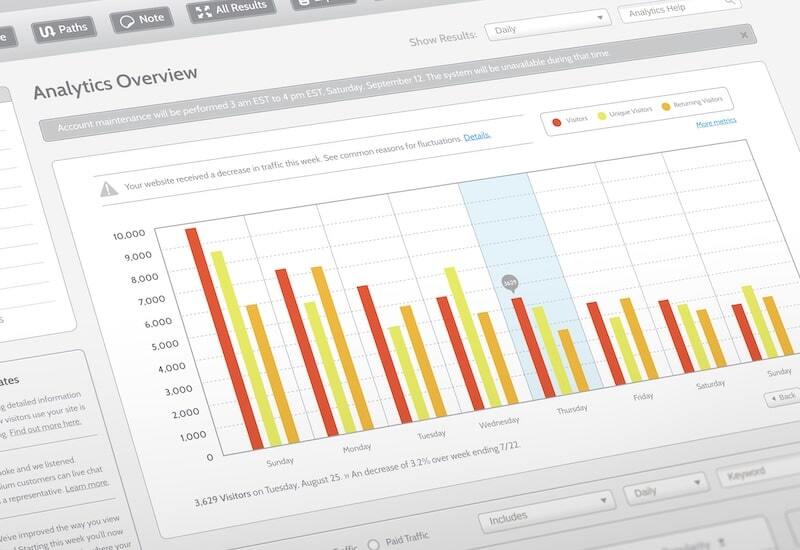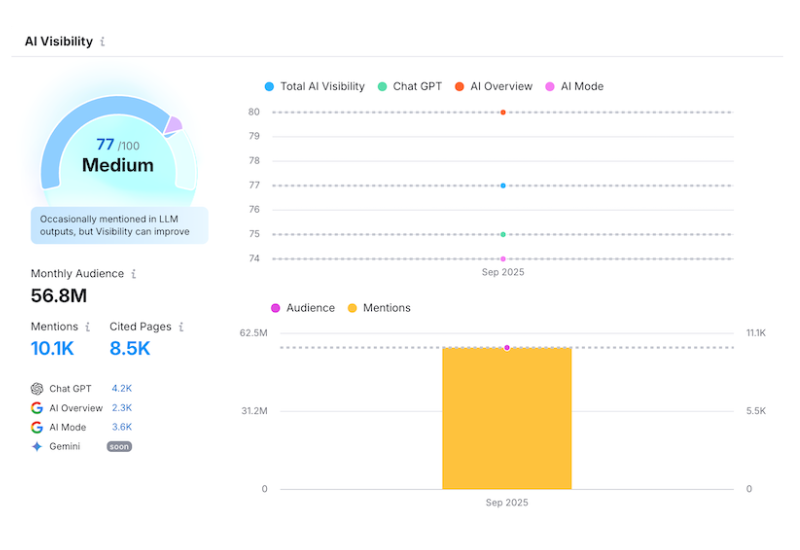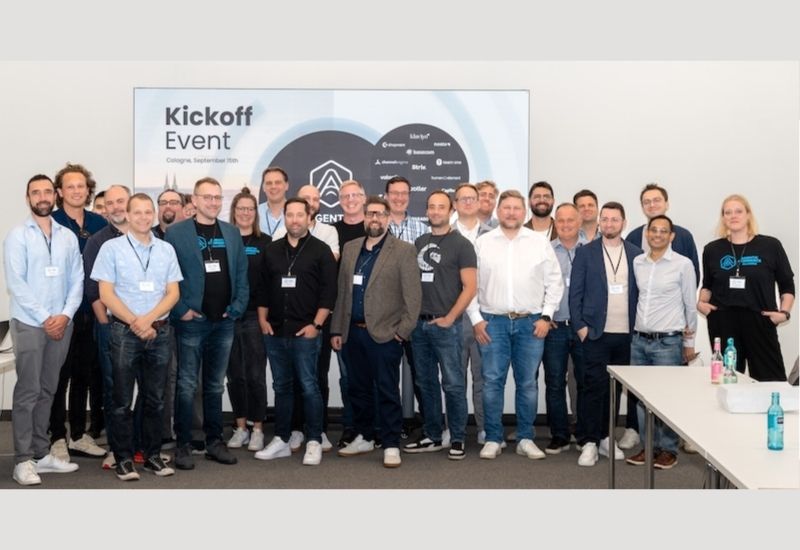It happens every time the market shifts. Budgets get reworked, leadership meetings get tense, and support services—especially digital and web—are suddenly under the microscope.
But here’s what doesn’t get enough attention:
Pulling back on website support may seem like a smart pivot—but it’s often the most expensive gamble a brand can make.
Your website is your storefront. Your sales funnel. Your customer experience.
Cutting website support without assessing what it actually takes to keep your site running, converting, compliant, and competitive?
That’s not a pivot.
That’s a potential unraveling.
And it’s time we said it plainly.
What Gets Cut First (And Why That’s a Problem)
The instinct to scale back quickly often means looking for “non-essential” spending.
Website support can be misperceived as passive or overhead.
But it’s the foundation of visibility, compliance, conversion, and UX.
If your digital presence drives awareness, consideration, and purchase (directly or indirectly), then “support” isn’t a nice-to-have—it’s the engine that keeps that machine humming. When you treat it like a line item rather than a capability, you risk starving the very channel your pipeline depends on.
Support isn’t only bug fixes and ticket queues. It’s continuity. It’s the connective tissue between marketing and product, merchandising and analytics, brand and buyer. It’s the discipline that keeps the small, unglamorous things from becoming very expensive, very public problems.
What’s Actually at Risk When You Cut Website Support
- Loss of SEO performance
Rankings slip quietly at first: indexation lags, page speed ticks up, internal links decay, schema gets stale. Recovering lost visibility takes longer (and costs more) than preventing the decline. - Missed updates that hurt conversion rates
“We’ll get to it later” becomes months of friction: modal windows that annoy, search that misfires, checkout steps that confuse. Small UX paper cuts bleed conversions every day they persist. - Lapsed PCI compliance and broken backend integrations
Compliance isn’t a quarterly event; it’s a posture. Let it lapse, and you invite fines, forced patches, and brand damage. Meanwhile, brittle CRM/ERP/payment connections silently drift, causing order sync issues, inventory inaccuracies, and customer service nightmares. - Increased rework when systems fall out of sync
When environments drift and dependencies go stale, changes that should take hours become weeks of refactoring. Rework steals budget you thought you saved. - Slower time to respond to emerging customer behaviors
Markets move. Campaigns perform (or don’t). If you can’t adapt fast—new landing pages, refined navigation, updated messaging—you lose momentum right when it matters most.
Why Do Clients Pivot? (And Why It’s Valid—Up to a Point)
- Cost matters — this is valid.
- Many hope for cheaper labor, “hands to keyboard.”
There’s nothing wrong with wanting efficiency. The trap is assuming that lower hourly rates or switching to pure “order-taking” delivers the same outcomes. It rarely does. Because what you actually get when you only think about labor and costs is narrower than the value you’re replacing.
Things Clients Don’t Consider (Until It Hurts)
- What do you actually get when you only think about labor and costs?
You might get tasks completed, but you often lose the connective strategy that ensures those tasks move the metrics that matter. - Strategic foresight — a team watching market and trends
Proactive monitoring and “what’s next” thinking are usually the first casualties of cutbacks. Without a team scanning the horizon, you’re reacting, not steering. - Real-time problem solving
Issues don’t schedule themselves. They spike during promo windows, product releases, or seasonality. You need a team that can triage fast, coordinate fixes, and protect revenue. Quite literally: time zones matter. - Dedicated team / emergency resources
When something breaks at 8:14 PM on a Friday, “we’ll file a ticket” doesn’t cut it. Standby capacity and escalation paths are part of the value of support. - Many companies NEED adaptive partnerships, not order takers
Ask honestly: Are we actually ticket makers? Are we able to work with order takers? If what you need is collaborative prioritization, trade-off conversations, and roadmap guidance, a lowest-cost, task-only model will frustrate everyone. - Moving to an offshore shop: what contextual intelligence is being lost?
Tribal knowledge of your tech stack, customer nuances, merchandising patterns, compliance requirements, and brand tone accumulates over time. Resetting that context is expensive. - What internal capacity will be lost by becoming your own Project Manager?
Someone still has to triage, prioritize, QA, and ensure alignment across marketing, content, analytics, security, and finance. If you pull that into your team without bandwidth, you’re paying in opportunity cost.
The “Successful RIF” Question (If You’re Going There, Define Success)
- What does a successful RIF look like to you?
Cutting spend does NOT always cut costs.
Let me say that again, cutting spend does NOT always cut costs.
You will lose conversions, trust, morale, and brand perception.
Is the RIF a drift from the vision? Is the sacrifice worth it? - The cost of implementing the wrong solution
It’s more than revenue.
Think: switching costs, lost knowledge, retraining time, disruption to your roadmap. - Timelines!
How long is your pivot going to last? Do you even know?
Is it long enough to last through an FTE? (If your timeline is shorter than a hire cycle, you may be paying twice—now and later—to restore what was lost.)
Reprioritize, Don’t Retreat: Smarter Alternatives to Cutting Website Support
You don’t need cheaper, you need smarter. The goal is to scale efficiently, not blindly. Stay steady on what works while shifting what doesn’t. Here’s how to pivot without breaking the engine:
1) Flexible support models instead of termination
Right-size the engagement. Reduce the width of the firehose, not the pipeline itself. Scale effort around your revenue calendar, product releases, and peak seasons. Keep the heartbeat: monitoring, security, backups, and critical updates.
2) Prioritized maintenance sprints focused on ROI
Batch the highest-impact fixes and optimizations into short, focused sprints. Clear success criteria. Measure lift (conversion, AOV, page speed, task completion). Let results determine what gets another sprint.
3) Health check or “support audit” before a decision is made
Before you cut, assess. Inventory your infrastructure, dependencies, and risk exposure. Identify the “keep the lights on” tasks vs. “nice-to-have” enhancements. You might discover 20% of activities produce 80% of your protection and performance.
4) Risk-reduction roadmapping: What’s truly needed vs what’s just legacy bloat
Sunset the work that doesn’t serve the current strategy. Document what to pause, what to automate, and what to retire. Create a 30/60/90-day plan so leadership sees clear trade-offs and outcomes.
5) Switch focus with your vendor to shift the right KPIs
Maybe re-allocate hours towards a site feature, marketing, or content. For a quarter, weigh your support plan toward conversion rate optimization, funnel clarity, or performance. Don’t stop — retarget.
6) Let your agency solve staffing/skill problems
When switching services and focus is the highest priority, an agency has a ton of advantages: bench depth, specialized skills on demand, and continuity coverage when someone is out. You get expertise without payroll drag.
If you want a low-drama way to make this decision: start with a support audit, co-build a risk-reduction roadmap, and run one maintenance sprint aimed at your top conversion friction. From there, you’ll have real data—not guesses—to decide what to pause, what to protect, and what to pursue next.
In uncertain times, it’s smart to make adjustments to expenses in order for your business to remain healthy. Just make sure you’re not shooting yourself in foot while doing it. Weigh the risks to any adjustments you propose to make, consult with partners who understand your business, and protect your investments by making decisions that will serve you in the long run.




